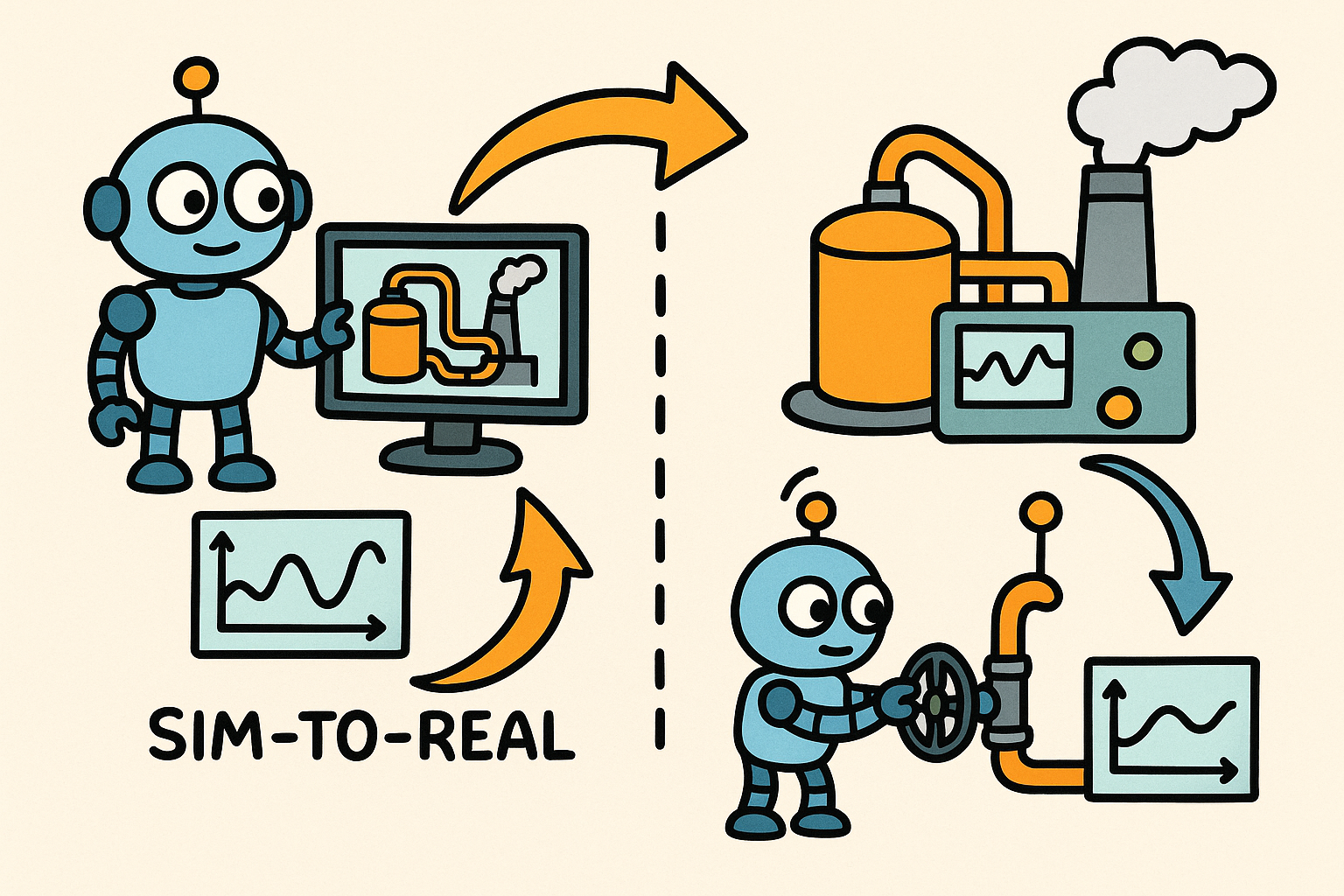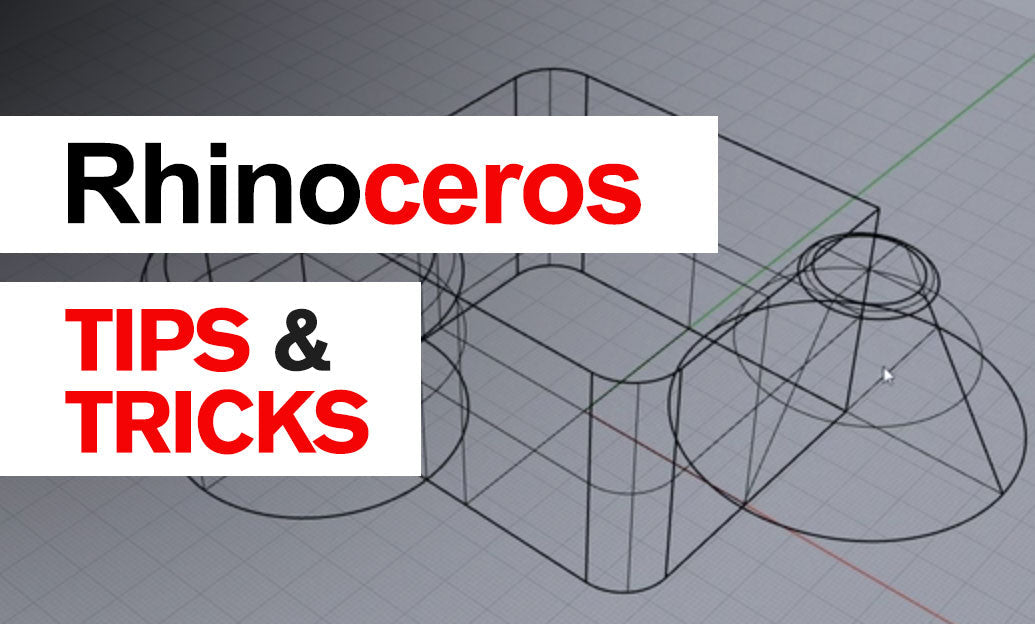Your Cart is Empty
Customer Testimonials
-
"Great customer service. The folks at Novedge were super helpful in navigating a somewhat complicated order including software upgrades and serial numbers in various stages of inactivity. They were friendly and helpful throughout the process.."
Ruben Ruckmark
"Quick & very helpful. We have been using Novedge for years and are very happy with their quick service when we need to make a purchase and excellent support resolving any issues."
Will Woodson
"Scott is the best. He reminds me about subscriptions dates, guides me in the correct direction for updates. He always responds promptly to me. He is literally the reason I continue to work with Novedge and will do so in the future."
Edward Mchugh
"Calvin Lok is “the man”. After my purchase of Sketchup 2021, he called me and provided step-by-step instructions to ease me through difficulties I was having with the setup of my new software."
Mike Borzage
Design Software History: Evolution of Real-Time Ray Tracing in Graphics: Historical Milestones, Technological Advancements, and Future Trends
July 09, 2024 4 min read


Introduction to the Evolution of Real-Time Ray Tracing in Graphics
The development of real-time ray tracing marks a significant evolution in the field of computer graphics, offering unparalleled realism in rendering and visualization. Its impact spans across various industries, including gaming, film, and architecture, fundamentally transforming how visual content is created and experienced.
Historical Background and Initial Developments
Early Concepts and Innovations
The concept of ray tracing dates back to the basic principles of optics. The mathematical framework for ray tracing was established during the Renaissance with artists and scientists like Albrecht Dürer exploring perspective in their works. However, the computational application of ray tracing began much later, with significant contributions from pioneers in computer graphics.
One of the foundational moments in ray tracing occurred in 1968, when Arthur Appel published a paper on "Some Techniques for Shading Machine Renderings of Solids" at IBM, which laid the groundwork for computational ray tracing. His work was crucial in establishing the principles of tracing light paths and shading models in a digital environment.
Milestones and Breakthroughs
The 1970s and 1980s saw substantial milestones in ray tracing techniques. Turner Whitted's 1980 paper, "An Improved Illumination Model for Shaded Display," was a groundbreaking contribution that introduced recursive ray tracing. This technique allowed for the simulation of reflections, refractions, and shadows, greatly enhancing the realism of rendered images.
Alongside academic research, early commercial applications began to emerge. For instance, the development of Pixar's RenderMan in the late 1980s and early 1990s integrated ray tracing techniques, contributing significantly to its success in the animation industry. These advancements highlighted the potential of ray tracing to revolutionize visual effects and design.
Technological Advancements and Key Players
Core Technologies and Algorithms
The transition from theoretical concepts to practical applications required significant advancements in both algorithms and hardware. Efficient algorithms were essential to handle the computational complexity of real-time ray tracing. Some key innovations in this area include:
- Bounding Volume Hierarchies (BVH): This data structure helps in efficiently managing the scene's geometry by organizing objects into a hierarchy of bounding volumes, reducing the number of intersection tests needed during rendering.
- Spatial Data Structures: Techniques like KD-trees and grids further optimized the process of finding intersections between rays and objects in a scene.
Hardware advancements played an equally crucial role. The introduction of Graphics Processing Units (GPUs) with parallel processing capabilities enabled real-time ray tracing. NVIDIA's RTX technology, introduced with their Turing architecture in 2018, marked a significant leap forward by incorporating dedicated ray tracing cores to handle these computations efficiently.
Major Contributions by Companies and Individuals
Several companies and individuals have made substantial contributions to the development of real-time ray tracing. NVIDIA has been a pioneering force in this area, with their RTX technology setting new standards for performance and quality in ray traced graphics. The company’s work has enabled real-time ray tracing in gaming and professional visualizations, making these advanced techniques accessible to a broader audience.
Other key players include AMD and Intel, who have developed technologies and hardware that support real-time ray tracing. Their competition and innovations have spurred rapid advancements in this field.
Individual contributions cannot be overlooked. Turner Whitted is renowned for his pioneering work in recursive ray tracing, while Jim Blinn's contributions to shading models and texture mapping have also been instrumental. Their combined efforts have laid the foundations for modern computer graphics.
Present and Future Directions
Current State of Real-Time Ray Tracing
Today, real-time ray tracing is integrated into numerous applications and software tools. In the gaming industry, titles such as "Battlefield V" and "Cyberpunk 2077" utilize ray tracing to deliver highly realistic visual effects. Architectural visualization tools like Autodesk Revit and 3ds Max have also adopted ray tracing, allowing architects and designers to create photorealistic renders of their projects.
The ease of integration of real-time ray tracing in design and visualization tools has accelerated its adoption across various domains, enhancing the quality and realism of digital content creation.
Future Prospects and Emerging Trends
Looking ahead, the future of real-time ray tracing appears promising, with several potential advancements on the horizon. Continued improvements in hardware, such as more powerful GPUs and dedicated ray tracing units, are expected to further enhance performance and accessibility.
Emerging technologies like Artificial Intelligence (AI) and Machine Learning (ML) are also poised to impact real-time ray tracing. AI-driven denoising algorithms, for example, can significantly reduce the computational load by efficiently approximating ray traced images, making real-time applications more feasible.
The integration of real-time ray tracing in various industries is likely to deepen, with potential applications in fields such as virtual reality (VR), augmented reality (AR), and beyond. The ability to render highly realistic scenes in real time will open new possibilities for immersive experiences and interactive design.
In summary, the evolution of real-time ray tracing in computer graphics represents a remarkable journey of innovation and technological advancement. Its impact on industries such as gaming, film, and architecture underscores its significance in modern design software, and its future prospects promise even more exciting developments.
Also in Design News

Design Software History: Visualizing Engineering Intent: Feature Histories, Constraints, and Semantic PMI in CAD
December 29, 2025 16 min read
Read More
Sim-to-Real Transfer for Closed-Loop Process Calibration and Control
December 29, 2025 12 min read
Read MoreSubscribe
Sign up to get the latest on sales, new releases and more …



